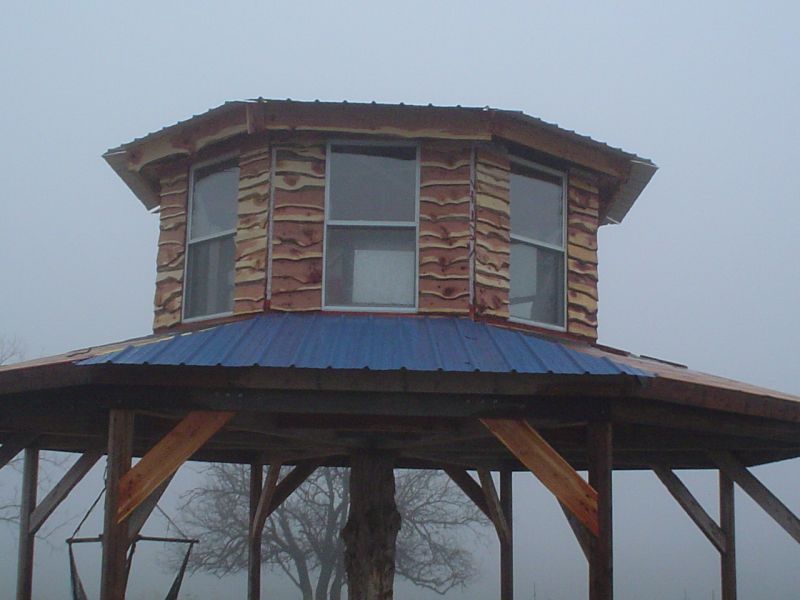"Rustic" Lumber — What Is It?
What visual qualities define lumber as "rustic" is a matter of subjective perception and opinion. February 4, 2011
Question
So, what grade of lumber are people looking for when they want "rustic"?
Forum Responses
(Sawing and Drying Forum)
From contributor S:
2 and 3 grade.
From Professor Gene Wengert, forum technical advisor:
Rustic hardwoods would typically be No.2 and No.3 Common grades, but not all pieces in those grades will have enough character to be considered rustic. There is no firm definition; each person has a different idea. For softwoods, it is even more hazy as what would be called rustic.
From contributor A:
With some it is rough as a corn cob, and for others it needs two well placed knots. I have sold a lot of 2 and 3 C and 3B as rustic. Then I have sold FAS, just not planed, as rustic. Then some have to have it cut on a circle mill. The next one is the hardest to find. They want T&G with the weathered faces, but flat and smooth.
Rustic is how rough that customer wants the lumber, and there is no real "cabin grade" or "rustic grade".

Click here for higher quality, full size image
From contributor J:
I agree with the previous poster. It's subjective to each customer. I deal with this question every day. It's one of the main issues I have - how rustic do you want it? I have them show me pictures of the look they want or samples of varying degrees of character.
From contributor M:
Most people looking for "rustic" want boards with evenly dispersed character. As others have mentioned, this is typically found in #2 and #3 com lumber. However there must be a sort process to cull out the huge holes, wane, etc. that would need to be cut out for the final product. Sound defects like tight knots, burls, wormholes, checks, gum pockets, heart/sap, figure, sometimes even stain (not sticker stain) are acceptable. A lot of rustic material is used for flooring and paneling. A sort for these products will usually look for wider boards (5" and up) that have a sound defect all over the board. Then boards can be h/m planed, gang ripped, run through the moulder and trimmed (end matched if flooring) without major defecting and subsequent product being short clear pieces.
From contributor T:
Be very careful and clear with your customer as to what rustic is in your eyes. We recently supplied some large kitchen pantry frame and panel doors in what the customer called "rustic." I explained to her the inclusion of sound defects, etc., and she said that's what she wants. We produced what we thought was a good rustic cherry product. Wrong!
Now she looks at the large expanse of panel and says the knots are too big, spaced too close together, etc. I basically told her to hit the road and burned the doors. I vowed to never do another "rustic cherry" project again, no matter how good the money is.
By the way, everyone thinks a rustic product should be dirt cheap because of the defects.
